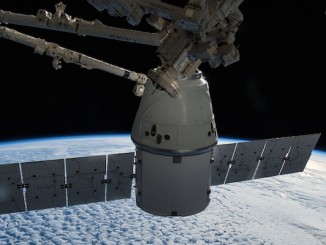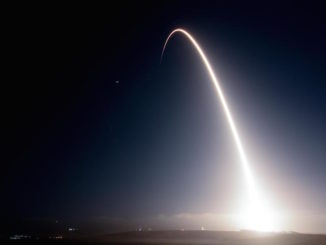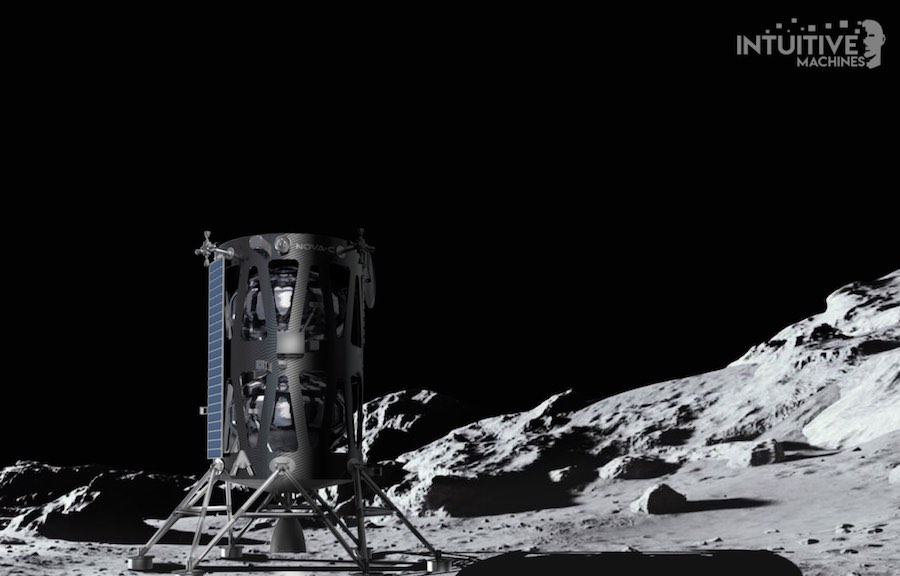
Intuitive Machines, under contract to carry NASA science instruments to the moon on a privately-developed robotic spacecraft, said this week its first commercial lunar mission will target landing in October 2021 near a deep, narrow valley named Vallis Schröteri.
The startup company, based in Houston, announced Monday the landing site for its first lunar landing mission. Vallis Schröteri is located in on the upper left part of the moon’s near side, as viewed from the northern hemisphere on Earth.
Scientists think the channel-like valley, or rille, has volcanic origins. The rille, also known as Schröter’s Valley, likely formed from a collapsed volcanic lava tube.
The Nova-C lander developed by Intuitive Machines will attempt to land on a relatively flat area near Vallis Schröteri in a region named Oceanus Procellarum, also known as the Ocean of Storms. NASA considered sending the Apollo 18 mission to land in the same area, but the flight was canceled.
“This kind of lunar landing assessment hasn’t been done since the 1972 Apollo mission,” said Steve Altemus, president and CEO of Intuitive Machines, in a statement. “The tremendous effort our team has put forth to fully characterize our descent approach, landing site options and lighting conditions to ensure mission success is a paramount task required to fulfill our obligation to our private payload customers and NASA.”
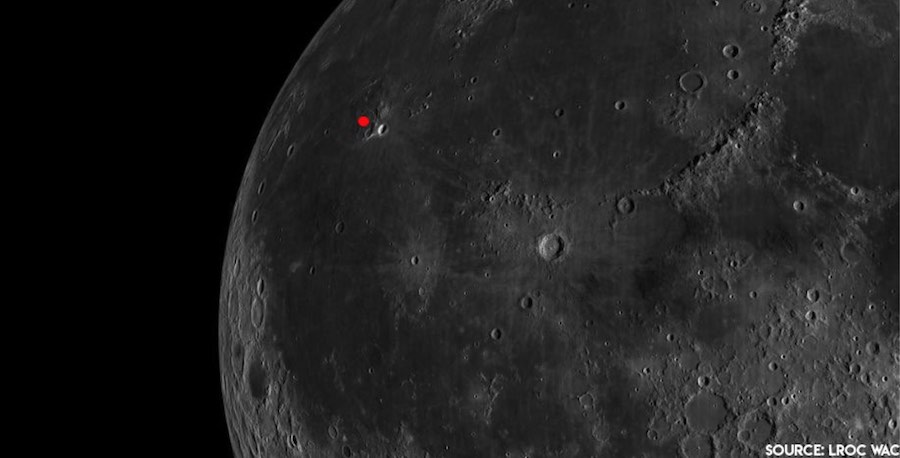
Intuitive Machines said the company’s flight dynamics team identified an “ideal” 200-meter (660-foot) landing zone that is free of large craters and rocks, and with abundant sunlight to power the lander throughout the 14-day-long period of lunar daylight.
NASA last year selected Intuitive Machines and Astrobotic, a company based in Pittsburgh, to deliver scientific and technology demonstration payloads to the lunar surface on two missions in 2021. The contract awards were the first under NASA’s Commercial Lunar Payload Services, CLPS, program, which was established to arrange rides to the moon for the scientific instruments on commercial landers.
Intuitive Machines announced in October that its first Nova-C lander will launch on a SpaceX Falcon 9 rocket. The company said Monday that its first lunar mission, designated IM-1, is scheduled for launch as soon as Oct. 11, 2021, on a Falcon 9 rocket from pad 39A at NASA’s Kennedy Space Center in Florida.
That’s the same launch pad that was the departure point for all of the Apollo moon landing missions.
There are multiple subsequent launch opportunities available from SpaceX for the IM-1 mission. A launch on Oct. 11, 2021, provides an “optimal” trajectory with a six-day trip from the Earth to the moon, plus two weeks of sunlit operations on the lunar surface after landing.
Intuitive Machines previously said the first Nova-C lander was scheduled for launch in July 2021. Josh Marshall, a company spokesperson, said Wednesday that the mission was pushed back three months due to impacts from a protest to the company’s contract award by Deep Space Systems.
Deep Space Systems also bid for the contracts that were ultimately won by Intuitive Machines and Astrobotic. After a review, the Government Accountability Office upheld NASA’s selection of Intuitive Machines and Astrobotic, allowing work on the CLPS missions to proceed.
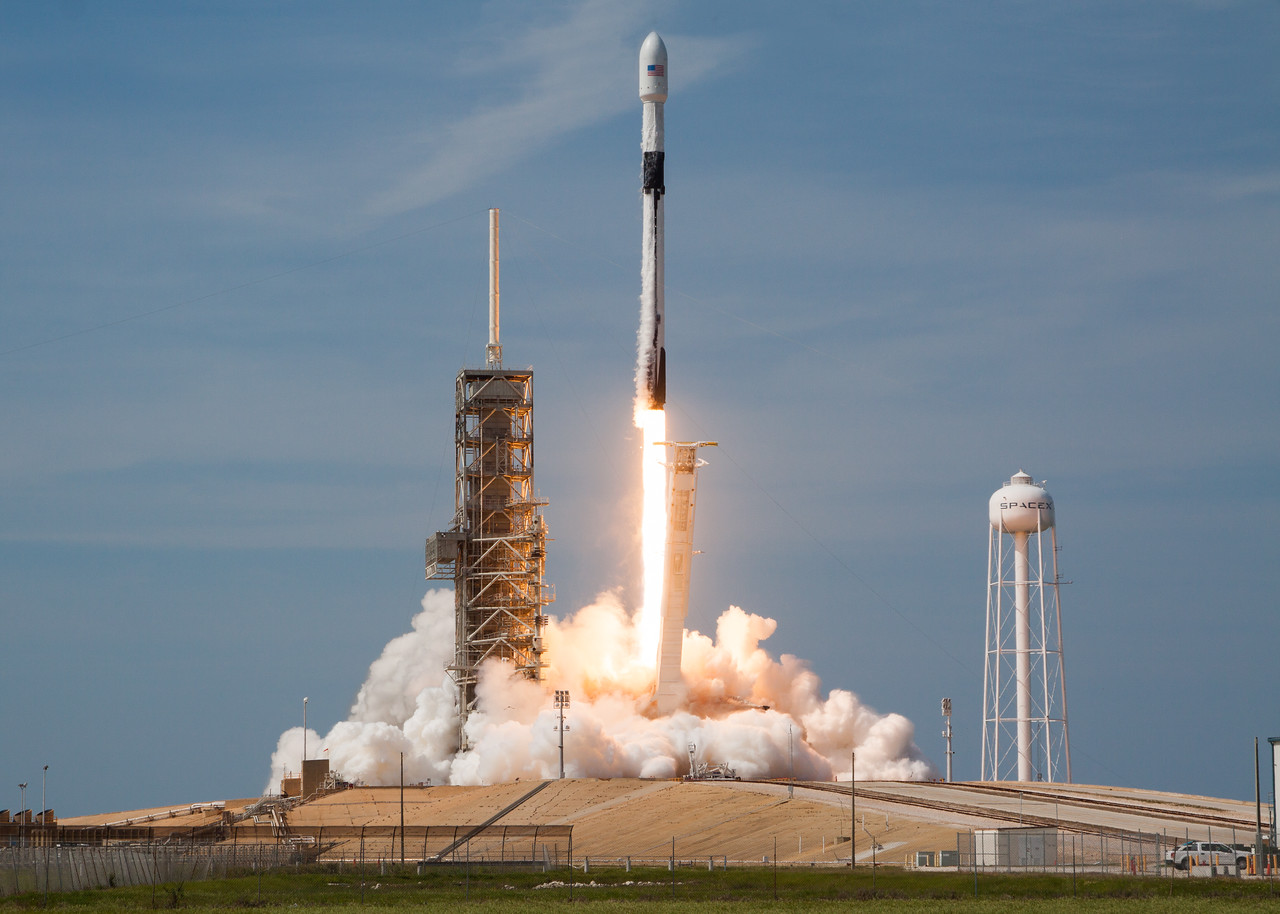
The Intuitive Machines contract with NASA is valued at $77 million, covering transportation and operations at the moon for five NASA science instruments. The lander will test an autonomous precision landing and hazard avoidance system during its descent to the lunar surface.
Astrobotic has announced its first robotic lunar lander mission will launch from Cape Canaveral on the inaugural flight of United Launch Alliance’s new Vulcan-Centaur rocket next year.
NASA announced last week that the CLPS program’s third lunar lander mission contract went to Masten Space Systems, a small company based in Mojave, California.
Follow Stephen Clark on Twitter: @StephenClark1.


